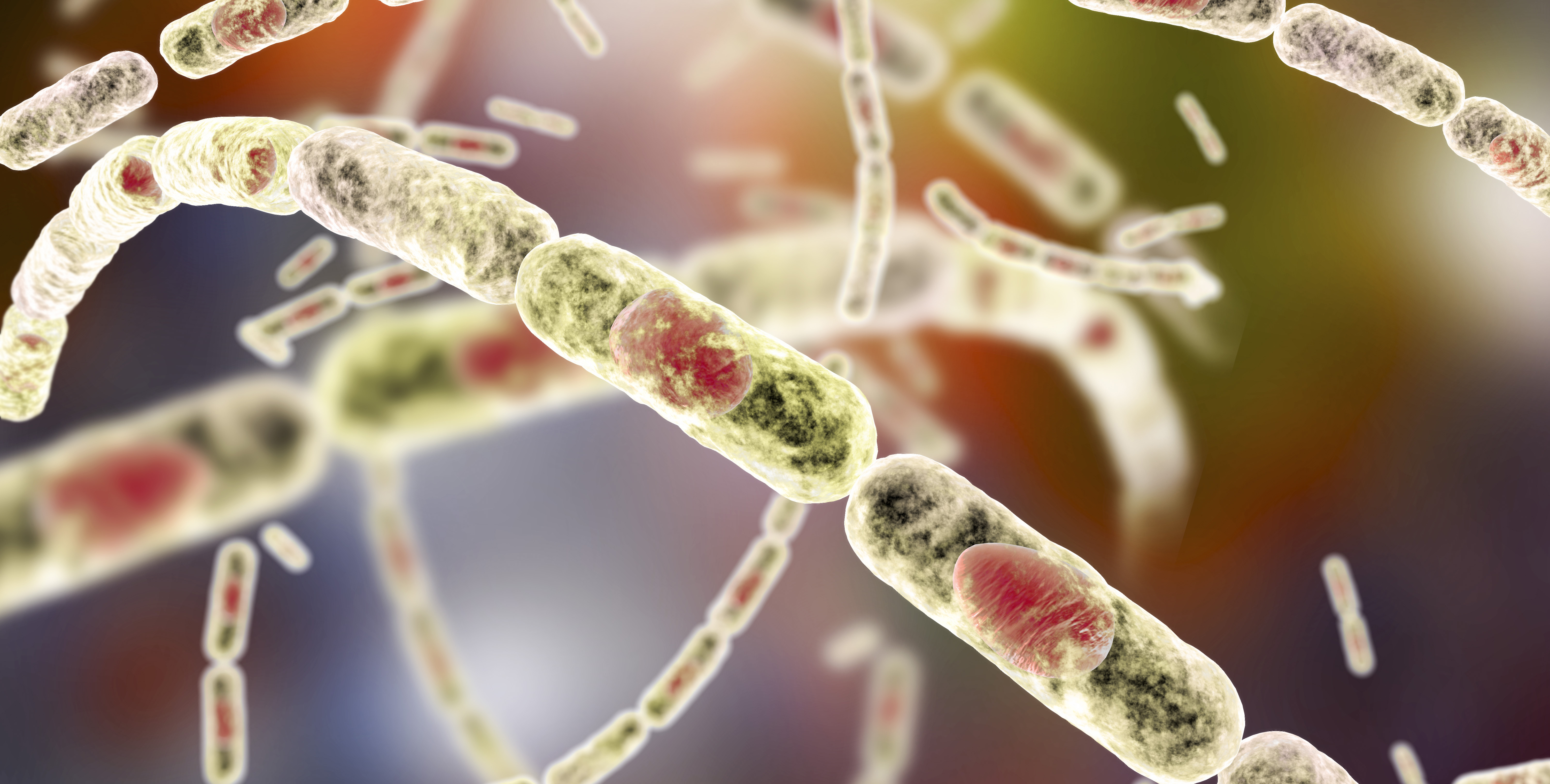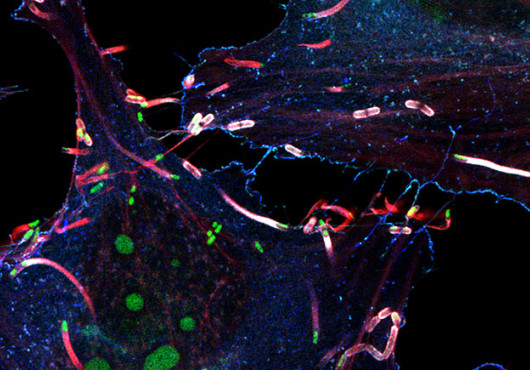
At a glance:
- Inert, sleeping bacteria — or spores — can survive for years, even centuries, without nutrients, resisting heat, UV radiation, antibiotics and other harsh chemicals.
- How spores spring back to life has been a century-long mystery.
- New research identifies how sensor proteins revive dormant bacteria.
- Discovery opens new routes to combat spore resistance to antibiotics and sterilization.
- Findings can inform novel strategies to prevent infections, food spoilage.
Solving a riddle that has confounded biologists since bacterial spores — inert, sleeping bacteria — were first described more than 150 years ago, researchers at Harvard Medical School have discovered a new kind of cellular sensor that allows spores to detect the presence of nutrients in their environment and quickly spring back to life.
It turns out that these sensors double as channels through the membrane and remain closed during dormancy but rapidly open when they detect nutrients. Once open, the channels allow electrically charged ions to flow out through the cell membrane, setting in motion the shedding of protective spore layers and the switching on of metabolic processes after years — or even centuries — of dormancy.
The team’s findings, published April 28 in Science, could help inform the design of ways to prevent dangerous bacterial spores from lying dormant for months, even years, before waking up again and causing outbreaks.
“This discovery solves a puzzle that’s more than a century old,” said study senior author David Rudner, professor of microbiology in the Blavatnik Institute at HMS. “How do bacteria sense changes in their environment and take action to break out of dormancy when their systems are almost completely shut down inside a protective casing?”
How sleeping bacteria come back to life
To survive adverse environmental conditions, some bacteria go into dormancy and become spores, with biological processes put on hold and layers of protective armor around the cell.
These biologically inert mini fortresses allow bacteria to wait out periods of famine and shield themselves from the ravages of extreme heat, dry spells, UV radiation, harsh chemicals, and antibiotics.
Trusted health and wellness information
From Harvard Health Publishing







